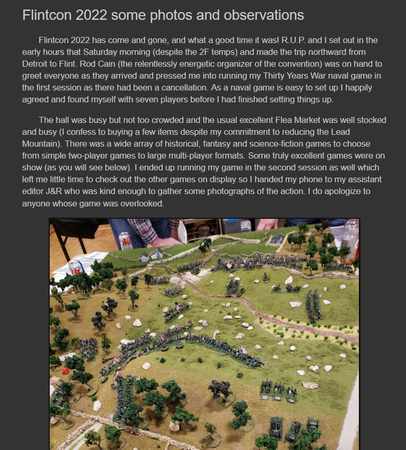Previously, I wrote about prepping these tiles for painting. Now, let's get them painted!

The tiles are produced in a black, PVC/rubber-like material. You could certainly game with them as-is, or you can buy them pre-painted. Trying to save a few pennies, I chose to buy them unpainted and to paint them myself.
When deciding how to paint them, I was concerned that I had a large number of tiles to paint – imagine how many 2" x 2" tiles it takes to cover a gaming table! My concerns were to keep the process down to only a few steps, and to avoid washes because they can be messy and take time to dry. While it can look very nice, I opted against taking the time to paint certain stones in the walls in accent colors.
There was also the question of color scheme. The manufacturer has some very nice painting guides on his website, and even sells a range of paints specifically for these dungeon tiles. However, after looking at the photos, I felt that I wanted something that looked darker and more shadowy. I also wanted to go with gray stones, rather than brown.
My initial process was:
- drybrush gray
- drybrush with another gray
- matte seal for durability
However, I wasn't entirely happy with the first batches of tiles. The 'black' tiles are actually gray, and since I wasn't basecoating the tiles, I was relying on the natural color to provide contrast between the stones and it wasn't working. So, reluctantly, I added a new step: basecoat black.
Which soon morphed again into: spray paint black! (Quicker.)
I also wondered if I could simplify the process by leaving out one of the drybrush steps, so I experimented. What I found is that without the first drybrush step, the second drybrushing was too muted – it needed the earlier drybrushing to stand out.
So here is my final, revised process:
After the tile has been spraypainted with ColorPlace Flat Black (the Walmart brand), I heavily drybrush the tile with Anita's Dove Gray (this sees to be the Hobby Lobby house range of craft paints). I chose this paint primarily because it was inexpensive, as I thought I might need a lot of it for this project. And I chose the Anita's range because I thought it would always be easy to get more if I needed it. Then I found out they discontinued the color! Fortunately, it looks like one bottle will be enough to finish the initial project.
This paint is interesting because it goes on strong, then quickly fades as it dries against the black basecoat.
When drybrushing, I try to use diagonal strokes so the paint won't get down into the crevices between the building stones.
Above, the tile on the left is basecoated black, and the tile on the right has the first drybrushing.
I give the first drybrush plenty of time to dry (which is probably unnecessary), then I lightly drybrush again with the second shade of gray. Here, I'm about to use the darkest gray from Renaissance Ink. I would tell you the paint color, but the company doesn't give names to its paints. I chose this paint because it is a thicker, gel-like paint, and it works well as a final drybrush.
Normally, I would start with a darker gray, followed by a lighter gray. In this case, I'm using a lighter gray as the first drybrush, which works as a darker color due to being placed on the black basecoat.
Above, the tile on the left has one drybrushing, and the tile on the right has the second drybrushing.
The final step is to seal everything with a coat of clear matte. I don't know how necessary this is, but I know dungeon tiles have a tendency to get dropped, so added protection for the paint job seems a good idea. Testors Dullcote is a great product, but I wanted less expense, so I tried a variety of matte clear paints. My favorite was Rust-Oleum Chalked Matte Clear spraypaint, which has a heavy spray and dries completely matte.
Above, the painted tile before (left) and after (right) the clear matte spray. It has a slight tendency to darken the tile.
And this is a close-up of the finished dungeon tile. Ignore the "red" glow on the bottom – it's a reflection from the pink cutting board!
A visiting Troll gives an idea of how figures will look in this dungeon.
When I get all of the basic pieces painted, I'll post another article showing the complete layout.










